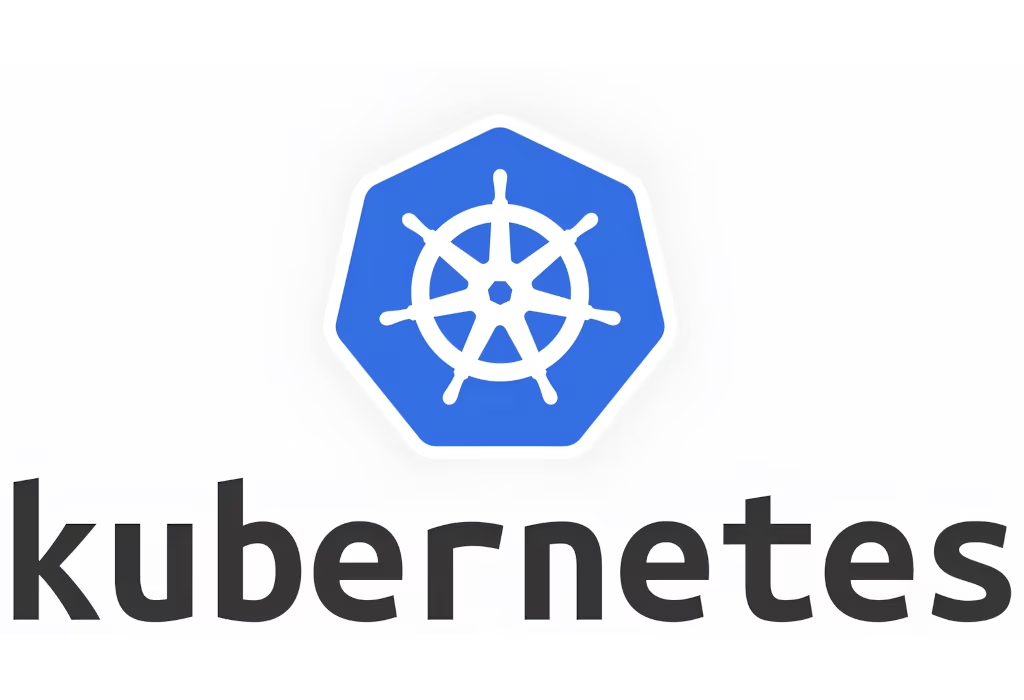


📖 Estimated reading time: 5 min
A scenario is repeated in most companies: applications with a high degree of complexity (such as ERPs and CRMs) arrive as simple projects, easy to understand and with clean code.
But that doesn’t last long!
Over the years, the addition of new features to adapt to new business demands ends up transforming this software into monolithic, sparse and confusing code monsters that make the developers’ routine a real nightmare.

Kubernetes and Containers have emerged in the last 10 years to improve the efficiency of software teams and provide resource savings, especially for teams working with microservices architecture.
How about understanding how this new approach is reshaping the way software is written and run and what it can do for your company?
Then read on!
To understand what containers are, nothing beats using the very comparison that gave rise to their name.
Let’s think about the ease that the advent of the container has brought to maritime transportation. Imagine that port employees need to move a shipment of 60,000 televisions onto a ship.

How do you transport them to the ship? One by one? 🤔
The container has brought the possibility of grouping products in bulk in an organized and much more practical way. Once loaded with materials, simply positioning the container inside the ship with a crane solves the problem!
The reasoning behind application containers is strictly the same. Instead of transporting an entire operating system and its software, you simply encapsulate its code and resources in a container, which can be run in any environment.
This initial explanation already gives a good clue as to why Kubernetes and containers have become the buzzwords of developers today, right?
But let’s stick to containers for now. We’ll talk about Kubernetes later.
Containers are seen as the new perspective for infrastructure abstraction. They are portable environments that allow applications to be packaged separately, with links, libraries and all the other resources necessary for their operation.
⛔️ The
monolithicvsmicroservicesparadigm is now becoming a constant topic.
This new level of virtualization is particularly interesting for fragmenting the application into smaller components (called microservices).
A development team working with this architecture has much greater operational efficiency than those working with monolithic applications.
This is because, whenever they need to develop new features, monolithic applications can’t avoid creating and deploying a new version of the application on the server. We’re talking about wasted time and resources, as well as a greater chance of bugs.
The microservices approach provided by containers dilutes the monstrous coding of programs that, over time, have become excessively complex, transforming their commands into smaller, modular services, with small code bases for each application component.
This makes it much easier to provide additions and adaptations.
Containers allow processes to run in isolation on a host with the same operating system.
This grouping of applications and their related elements significantly improves the work of IT professionals, since it gives the team the opportunity to work focused on a specific environment.
Another benefit is that, with the application pulverized (with the various functionalities separated), it is possible for parts of the software to be managed by different teams or even by different languages.
One more detail: since containers use environments built under the same operating system, only a minimal layer of excess data (such as logs and temporary files) will be added, forming unique, lightweight packages.
– Features such as memory reentrancy and layered filesysem allow a huge reuse of computing resources when running containers instead of virtual machines.
This results in impressive resource savings!
What’s more, this new form of virtualization has faster provisioning than a Virtual Machine (VM).
This means that small services can be carried out in much less time!
The convenience of not having to work with several VMs on the servers also means rational use of RAM.
At first, many people may think that containers and virtual machines are the same thing.
But they’re not!

The most important distinction between VMs and containers is that the latter do not need to have a virtualized operating system to support the applications.
In a virtual machine, we have the figure of the hypervisor, whose primary function is to virtualize the hardware and offer a complete environment, with its own operating system, file systems and complementary items. The virtual machine is completely isolated, essentially eliminating any possibility of sharing between virtual environments.
On the other hand, in the Kubernetes and containers approach, isolation is consolidated within the operating system. In this way, all environments share the same resources.
What the container delivers is not a complete machine (like a VM), but processes running in virtual isolation. Containers are therefore intermediate paths between chroot and traditional virtualization.
But how do you manage applications in containers?
This is where the relationship between Kubernetes and containers comes in.
The set of machines on which containers run is called a cluster.
The cluster, in turn, needs to be managed in some way (not least because a few years ago, configuring a container was extremely complex, putting users off this new approach).
The development of management platforms (such as OpenShift, Docker and Kubernetes) has significantly simplified container configuration.
In this scenario, the automation capacity of Kubernetes deserves to be highlighted because of the facilities it can bring to IT teams.
Developed by Google, Kubernetes is an open source application management system that offers a platform for automating the deployment, load balancing, scaling and operation of containers.
Programmed in Go, it is a system whose main objective is to facilitate the deployment of applications from a microservices perspective.
Unlike the other solutions mentioned so far, Kubernetes goes beyond a mere container orchestration tool:
– He can simply reduce the need for this monitoring by automating it.
This virtue explains why Kubernetes and containers are so successful within the DevOps community!
Kubernetes eliminates several inefficiencies related to container management thanks to its organization into PODs, the smallest units within a cluster, which add a layer of abstraction to the grouped containers.
Even after Docker launched Swarm Mode, working with Kubernetes is still very beneficial. Among the main advantages, it’s worth highlighting:
✔️ Automating application deployments and updates;
✔️ Scale applications in containers extremely quickly;
✔️ Orchestrate containers on multiple hosts;
✔️ Allowing optimized use of hardware, reducing resource consumption.
I’ve been working with Kubernetes and OpenShift for a long time. What about you? What are you waiting for? Join the good side of the Force! 😎
Did you like the content? Check out these other interesting articles! 🔥
Do you like what you find here? With every click on a banner, you help keep this site alive and free. Your support makes all the difference so that we can continue to bring you the content you love. Thank you very much! 😊